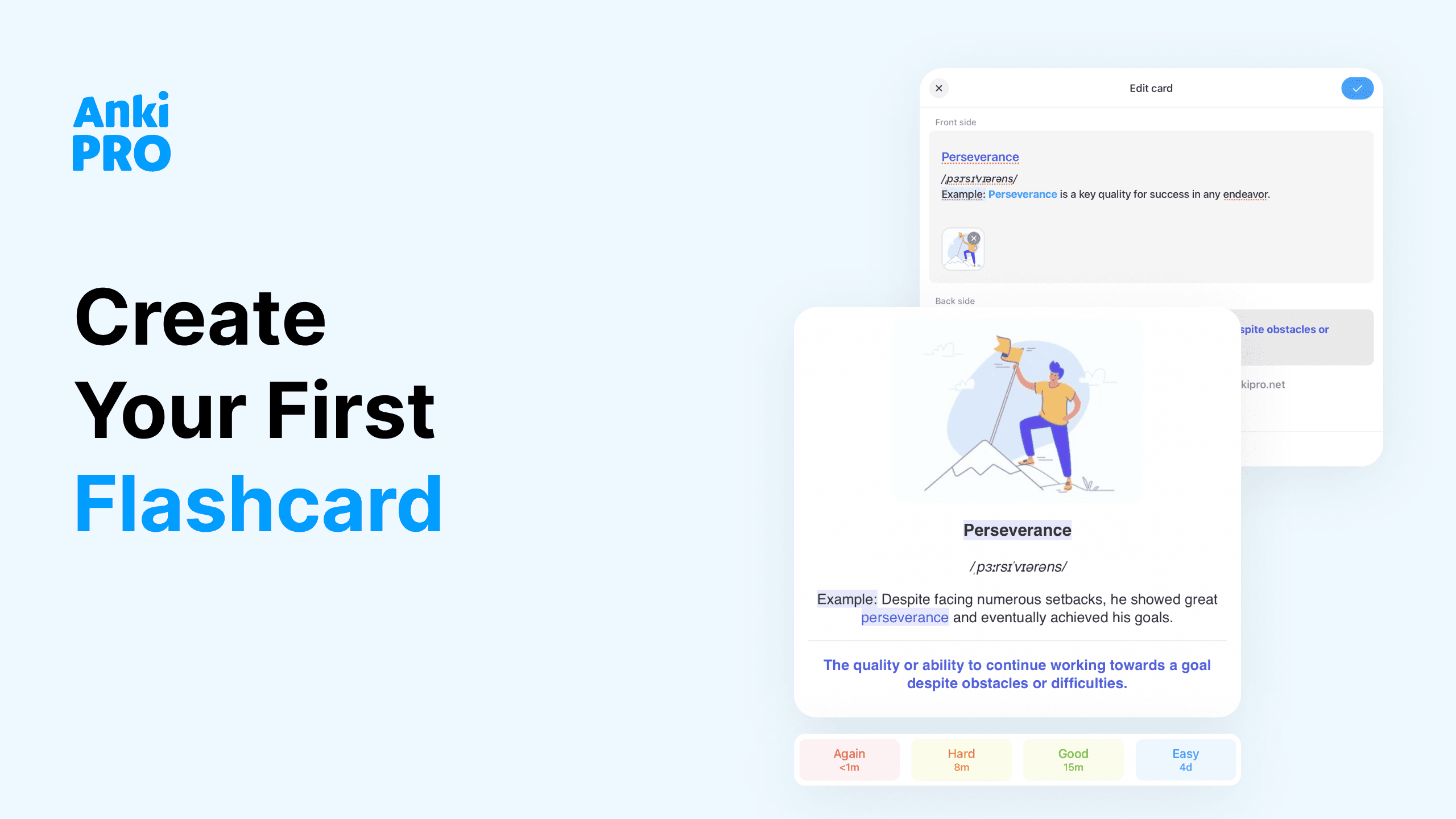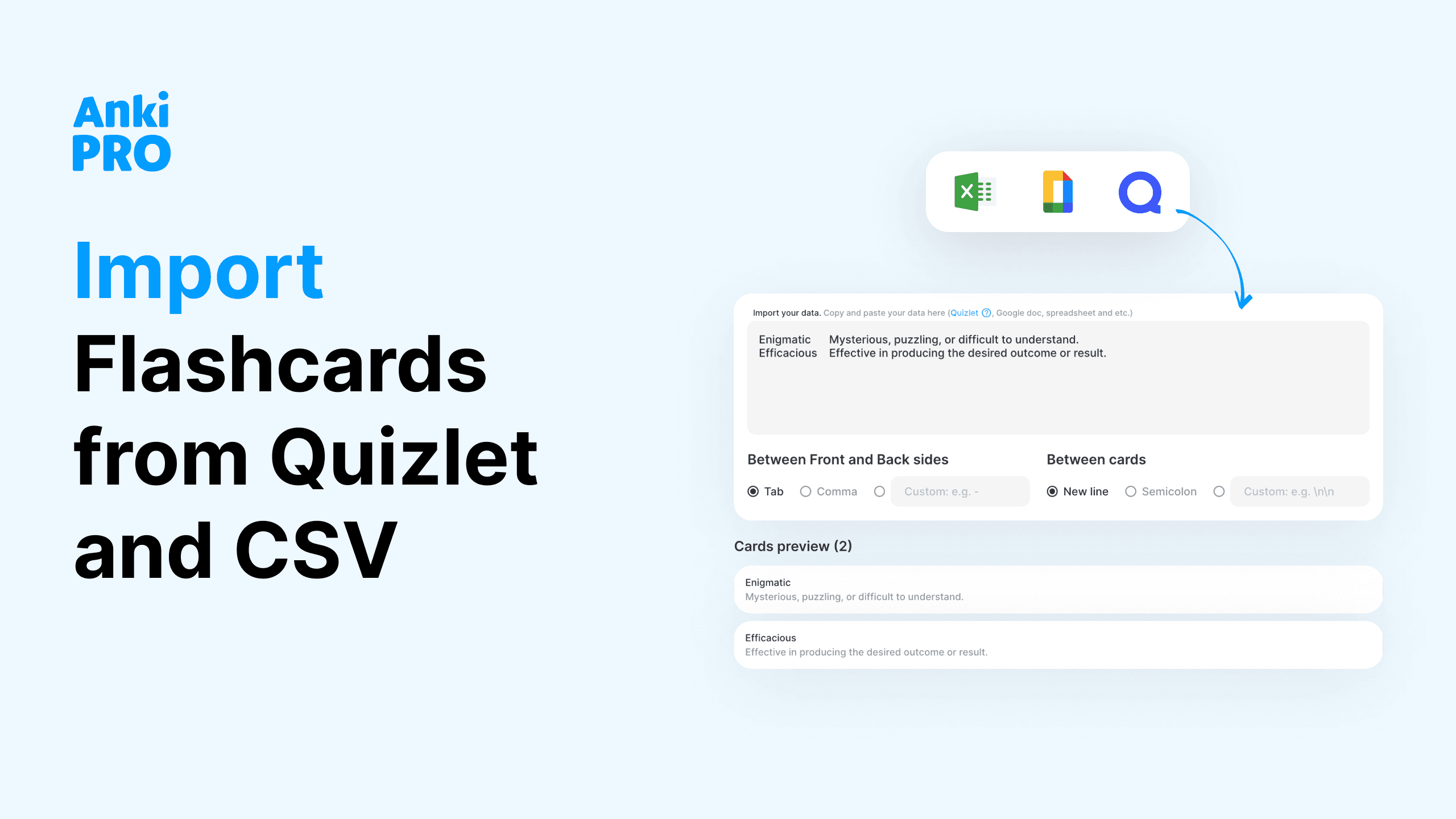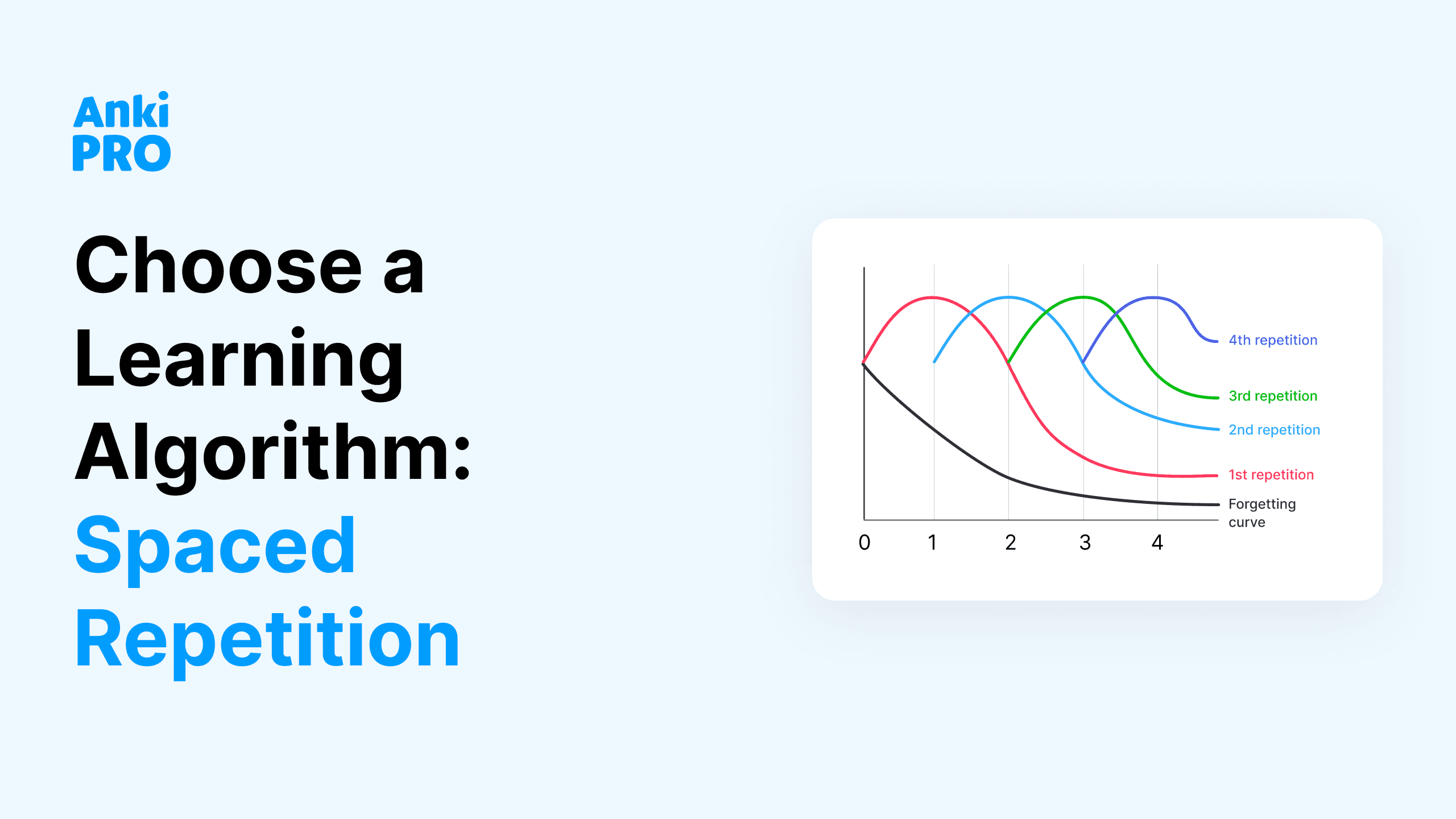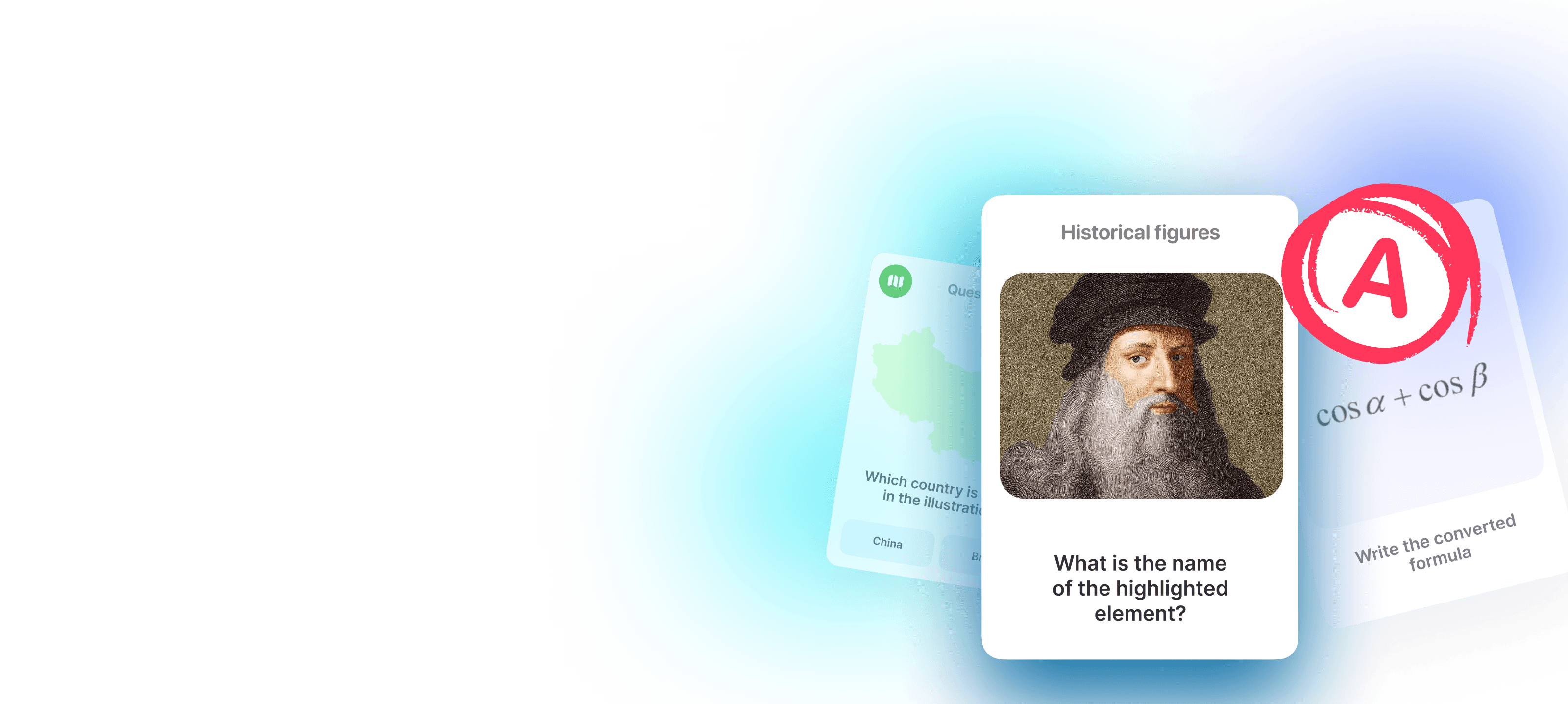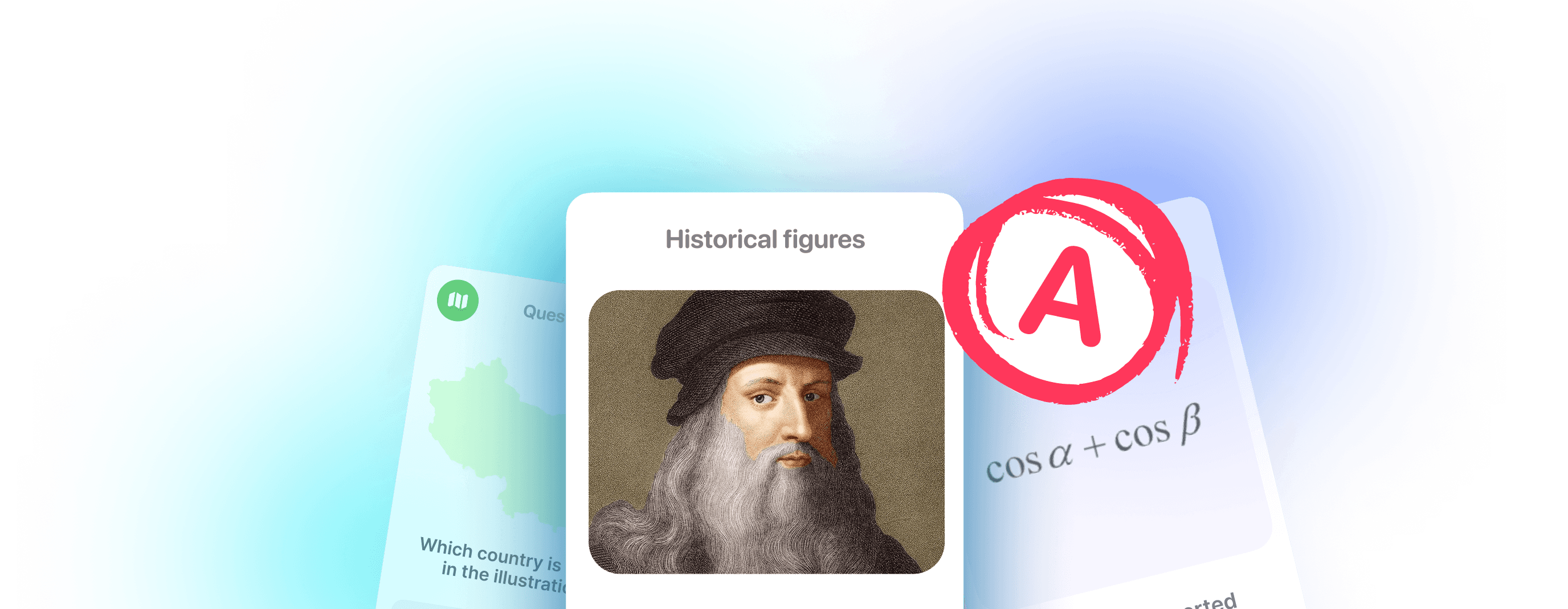Your Body Is a Wonderland: Best Anatomy Flashcard Decks
Every medical student shudders at the thought of studying anatomy and passing the exam. Our pre-selected anatomy flashcard decks will help you remember all the difficult terms and names of the organs in our bodies.
Anatomy Bones: Skull, Vertebrae, Carpals, Tarsals

The skeleton of an adult human consists of approximately 206-208 bones. It is hard to learn everything about all of them at once, which is why this deck explores only a part of it. It is designed to teach everything connected to the skull, vertebrae, carpals, and tarsals. Even learning this part of bone anatomy requires 476 cards. Some of the flashcards include illustrations, aiding visual memory and showing how some skeletal and bone conditions actually look.
Explore the deck: Anatomy Bones: Skull, Vertebrae, Carpals, Tarsals
Anatomy Nervous System

Studying the nervous system can take a lot of time: scientists have collected 5140 fibers of the nervous system. But to study the main of them you can use this anatomy flashcards deck of 326 cards. Each of the cards contains a description of the nerve and its main functions.
Studying the nervous system is important because it helps us understand how our bodies work, how we react to the world around us, and how we maintain balance and coordination. It also gives insights into mental health conditions and how to improve overall well-being. Studying the nervous system with anatomy and physiology flashcards is important both for medical professionals and everybody interested in understanding human health.
Explore the deck: Anatomy Nervous System
Anatomy Basics

Basics anatomy explores how different areas and parts of our body are called and how they are connected. The uniqueness of this deck is the fact that it contains not only pictures but also game elements: it hides parts of the body step by step making learning more interactive.
Review these anatomy flash cards regularly using the spaced repetition method and you will master the subject The deck contains 138 cards.
Explore the deck: Anatomy Basics
Eye Anatomy

To clearly see what your eye is made from you need to study eye anatomy. The eye is the most complicated and delicate organ in our body, so a deep understanding of its structure is time-consuming and requires a lot of patience. But our eye anatomy flashcard deck is designed to make this process easier. 113 cards with questions and answers about eyes will help you to memorize the most important information.
Explore the deck: Eye Anatomy
Anatomy Heart Structures

Arteries, veins, and chambers: understanding of the heart anatomy can be as hard as understanding the nature of love. We don’t know much about feelings here but we created the best anatomy deck to help you learn about this organ structure.
It consists of a lot of detailed pictures from different angles to make sure your visual memory is active and you memorized everything well. The deck includes 39 cards.
Explore the deck: Anatomy Heart Structures
Anatomy Brain and Spine

Brain and spain are two organs that play critical roles in controlling the body and maintaining overall health and function. All medical professionals must study this sphere of anatomy very carefully as this topic is a foundation of many other subjects related to the human body. This deck is designed to make your study process more comfortable.
We selected the best anatomy flashcards for you. Each card has impressive colorful illustration with a brine and spine components description. Altogether there are 32 flashcards.
Explore the deck: Anatomy Brain and Spine
Human Anatomy and Physiology

One of the decks focuses on only on physical anatomy, but also on physiology, as these two topics are deeply connected. Physiology explains how various systems of the body—like the respiratory, circulatory, nervous, and digestive systems—work individually and together to keep us alive and healthy. This deck consists of cards with questions about different types of body functions, like metabolism, muscle work, blood pressure regulation, reproductive system, and much more.
There are 234 best anatomy and best physiology flashcards to help you master this topic.
Explore the deck: Human Anatomy and Physiology
Respiratory Medicine. Includes Anatomy, Phy, Pharm, Medicine

One deck to study it all. The respiratory system includes the lungs, airways, and other structures involved in breathing. This big deck of almost 1000 cards explores all topics connected to the system. The uniqueness of this deck is that you have a time limit to answer to the question on the deck: real exam situation! But when you memorize it all you will be completely ready for any testing. Just revise the deck using the spaced repetition method and you will master the topic.
Explore the deck: Respiratory Medicine. Inlcudes Anatomy,Phy,Pharm, Medicine
Studying Anatomy with Flashcards: Tips and Lifehacks
- Break Down Complex Concepts
Anatomy is a very complex subject and studying everything at once is not effective (if not impossible). Separate complex topics into smaller and detailed once: create or find cards for each component and build your understanding step by step.
- Include Definitions and Functions
Find or create decks with cards including not only definitions of body organs or systems but also their functions. For example «Humerus» on one side and «Bone of the upper arm, connects shoulder to elbow» on the other side. Using anatomy flashcards like this will improve your understanding of the subject and learn three interconnected things at once: definition, name, and functions.
- Use visuals
Anatomy is a highly visual subject, so the best anatomy flashcards have pictures, diagrams, and schemes of body elements. Find decks like this or create them yourself, add images, or sketches on your flashcards. Label the parts of organs, muscles, bones, or nerves, and use arrows or highlights for clarity.
- Add Clinical Relevance
If you study medicine or healthcare it would be helpful to add to the cards real-world applications, such as common injuries or diseases related to specific anatomical structures. For example, «What is a common injury involving femur?» on one side, with the answer on the back.
- Keep it short
Even though cards should include quite a lot of information, try to keep them as short as possible. It is a hard task, but you will memorize it better if your anatomy flashcards will not look like an essay. Long flashcards just don’t make sense.
- Use the spaced repetition method
Make your study sessions short but frequent and separate them with different intervals. This technique helps solidify long-term memory by reviewing material just before you’re likely to forget it.
Now you are fully ready for your anatomy exams! Best of luck!




